1%, arab spring, bread, feminism, food, Freedom, French Revolution, Human Rights, Montesquieu, Palace, Paris, Parisian, political, Power, progress, reform, revolutionary, right, Rousseau, social justice, Third Estate, Versailles, women
668 Views
The French Revolution and Its Modern Parallels
The Echoes of Revolution and Today’s Parallels
The French Revolution of 1789 stands as one of the most monumental turning points in world history, not only for its dramatic dismantling of the French political structure but also for how it served as a catalyst for modern concepts of democracy, equality, and justice. Its legacy reverberates far beyond its immediate context, influencing global movements for change and challenging entrenched systems of power. Interestingly, numerous parallels can be drawn between the events of 1789 and the complexities of today’s geopolitical landscape.
Themes such as economic disparity, widespread social discontent, and the relentless fight for democratic representation echo across centuries, underscoring the enduring relevance of this historic revolution. This article examines the causes, pivotal events, and transformative impact of the French Revolution, while drawing insightful comparisons to contemporary global dynamics, revealing how its lessons continue to resonate in an increasingly interconnected and volatile world.
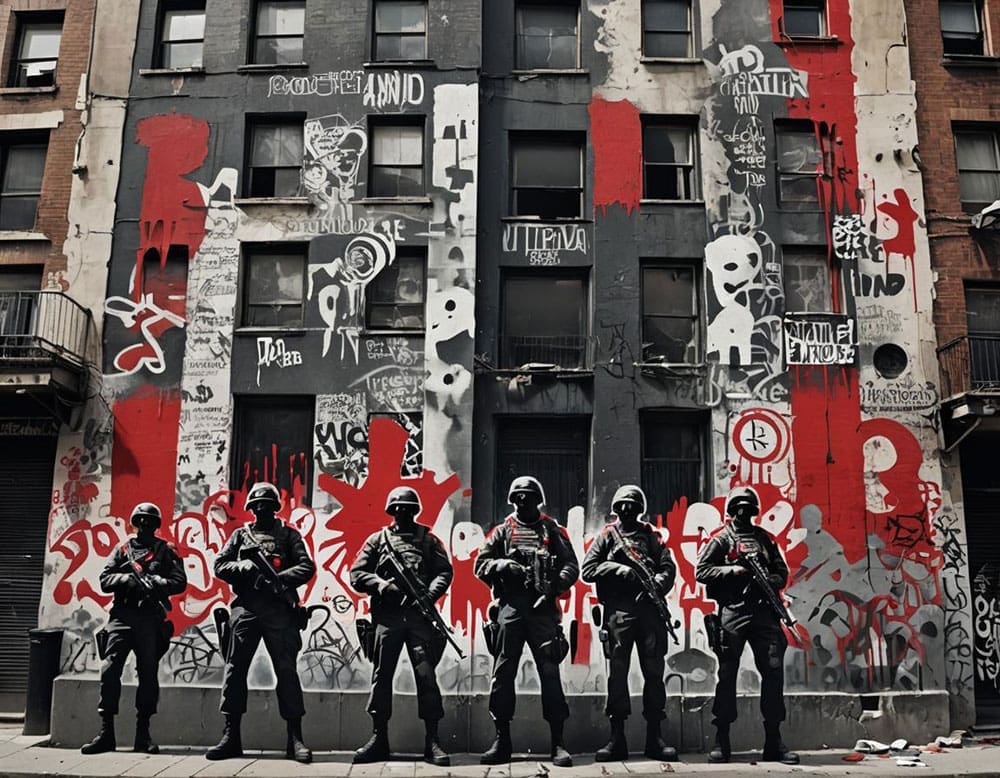
"Man is born free, and everywhere he is in chains."
Jean-Jacques Rousseau
All of our content is free to access. An independent magazine nonetheless requires investment, so if you take value from this article or any others, please consider sharing, subscribing to our mailing list or donating if you can. Your support is always gratefully received and will never be forgotten. To buy us a metaphorical coffee or two, please click this link.
Table of Contents
*All Book Images Open a New tab to our Bookshop
**If you buy books linked to our site, we get 10% commission from Bookshop.org, whose fees support independent bookshops.
The Origins of the Revolution and Contemporary Comparisons
The roots of the French Revolution lay in deep economic, social, and political inequalities under the ancien régime. France in the late 18th century was a society stratified into three estates, with privileges concentrated in the hands of the clergy and nobility, while the common people bore the brunt of taxation and exclusion. Economic hardship, exacerbated by soaring bread prices and debt from costly wars, further fuelled discontent.
This environment of inequality and stagnation bears striking similarities to contemporary issues. Today, wealth inequality continues to dominate global discourse. The “1%” phenomenon highlights disparities in wealth and privilege, reminiscent of the elite estates of pre-revolutionary France. In countries across the world, from the United States to developing nations, calls for fair taxation and systemic reform echo the cries of the Third Estate.
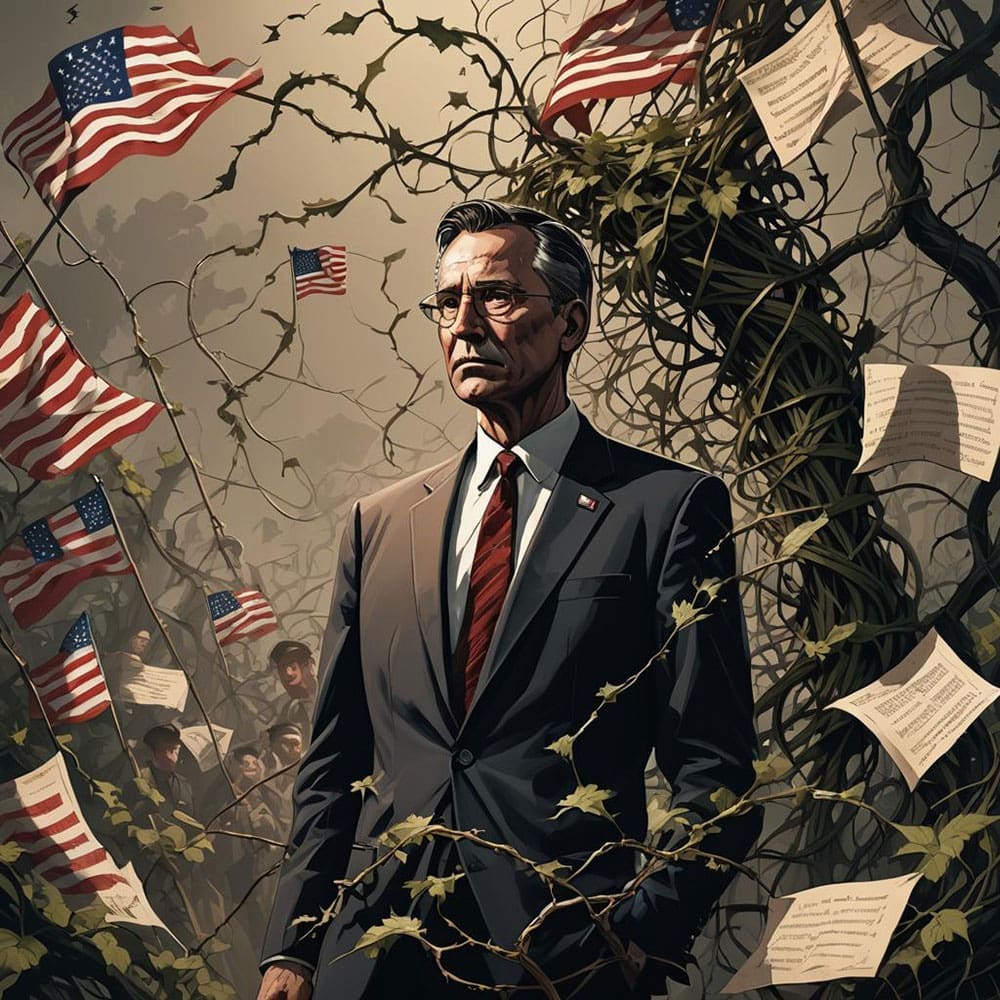
The role of intellectual movements
The role of intellectual movements also invites comparison. In 18th-century France, Enlightenment thinkers like Rousseau and Montesquieu challenged traditional authority and promoted ideas of democracy and human rights. In the modern era, movements such as climate activism, gender equality, and racial justice – amplified by global connectivity and social media – challenge entrenched systems of power. Just as Rousseau’s “general will” inspired the French to envision a society rooted in collective welfare, contemporary grassroots movements champion similar principles, seeking inclusivity and equity on a global scale.
The Outbreak of the Revolution and Modern Popular Uprisings
The French Revolution officially began in 1789 with the convocation of the Estates-General, which quickly escalated into a direct challenge to the monarchy. When the Third Estate formed the National Assembly, it was a pivotal moment of defiance that signalled the people’s rejection of an unrepresentative system. This energy culminated in the storming of the Bastille on July 14, 1789, a powerful symbol of resistance against tyranny.
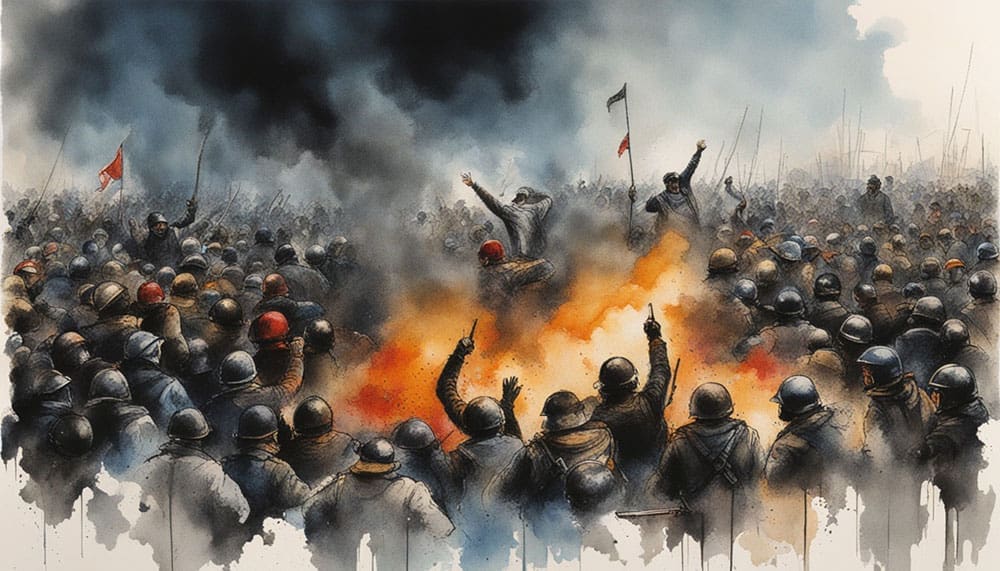
This sequence of events bears parallels to modern uprisings. The Arab Spring of the early 2010s, for example, saw citizens across the Middle East and North Africa rise against authoritarian regimes, demanding democracy and justice. The storming of the Bastille finds a modern counterpart in acts of protest like the occupation of Tahrir Square in Egypt or the protests in Hong Kong, where citizens directly confronted symbols of oppressive power. These uprisings, much like the events of 1789, are driven by disillusionment with the status quo and a yearning for self-determination.
The economic grievances that ignited the French Revolution also resonate today. Inflation, unemployment, and the rising cost of living are recurring catalysts for mass protests. In 2023, widespread demonstrations in countries like France (over pension reforms) and Sri Lanka (over economic collapse) reflected similar frustrations with governments perceived as out of touch with the needs of ordinary people. The parallels underscore how economic mismanagement and systemic inequities remain potent forces for societal upheaval.

Radicalism, Division, and Ideological Extremes
As the revolution progressed, it became increasingly radical. The Reign of Terror (1793–1794), led by the Jacobins under Robespierre, saw thousands executed as enemies of the revolution. While it consolidated revolutionary gains, it also revealed the dangers of ideological extremism. This period serves as a cautionary tale for contemporary movements, where the pursuit of justice can sometimes devolve into factionalism and violence.
Today, the polarization of political discourse, fuelled by social media, mirrors the divisions within revolutionary France. Just as moderates and radicals clashed over the future of the French state, modern societies grapple with stark divides between progressive and conservative factions. The rise of authoritarian populism and the spread of misinformation have intensified these divisions, creating an environment where compromise seems increasingly elusive. Events like the January 6 Capitol riots in the United States demonstrate how ideological fervour can lead to actions that threaten democratic institutions, echoing the chaos of the revolutionary period.
However, the Reign of Terror also highlights the resilience of democratic ideals. The fall of Robespierre and the subsequent establishment of the Directory marked a return to more moderate governance, illustrating that extremism often gives way to stability over time. Similarly, contemporary movements, even when marked by periods of turmoil, often lead to reforms and progress in the long run.
Legacy and Global Influence: Then and Now
The French Revolution profoundly transformed France, dismantling the feudal system and establishing principles of meritocracy, secularism, and individual rights. Its influence extended far beyond France, inspiring democratic revolutions in Europe, Latin America, and beyond. The Declaration of the Rights of Man and of the Citizen became a template for subsequent human rights declarations, emphasizing the universality of liberty and equality.

This legacy resonates strongly in today’s global movements for justice and democracy. The fight for universal human rights, as seen in campaigns against authoritarian regimes in Myanmar and Iran, draws on principles articulated during the French Revolution. Similarly, the push for systemic reforms to address climate change, economic inequality, and racial injustice reflects the revolutionary spirit of challenging entrenched power structures to create a more equitable world.
The revolution’s emphasis on mass participation and collective action also finds echoes in modern times. The rise of social media as a tool for organizing protests – such as the Black Lives Matter movement or the climate strikes led by Greta Thunberg – demonstrates how technology amplifies the voices of the many, much like pamphlets and revolutionary clubs did in 18th-century France. These tools enable global solidarity, creating movements that transcend national borders in ways the revolutionaries of 1789 could scarcely have imagined.
"Liberty, equality, fraternity, or death; the last, much the easiest to bestow, O Guillotine!"
Charles Dickens, A Tale of Two Cities
However, the revolution’s legacy also serves as a warning. Its radical phases, marked by violence and authoritarianism, remind us of the potential dangers of unchecked zeal. Contemporary democracies face similar challenges, as populist leaders and authoritarian regimes exploit discontent to erode democratic norms. The French Revolution’s oscillation between progress and regression underscores the fragility of democratic gains and the need for vigilance in preserving them.
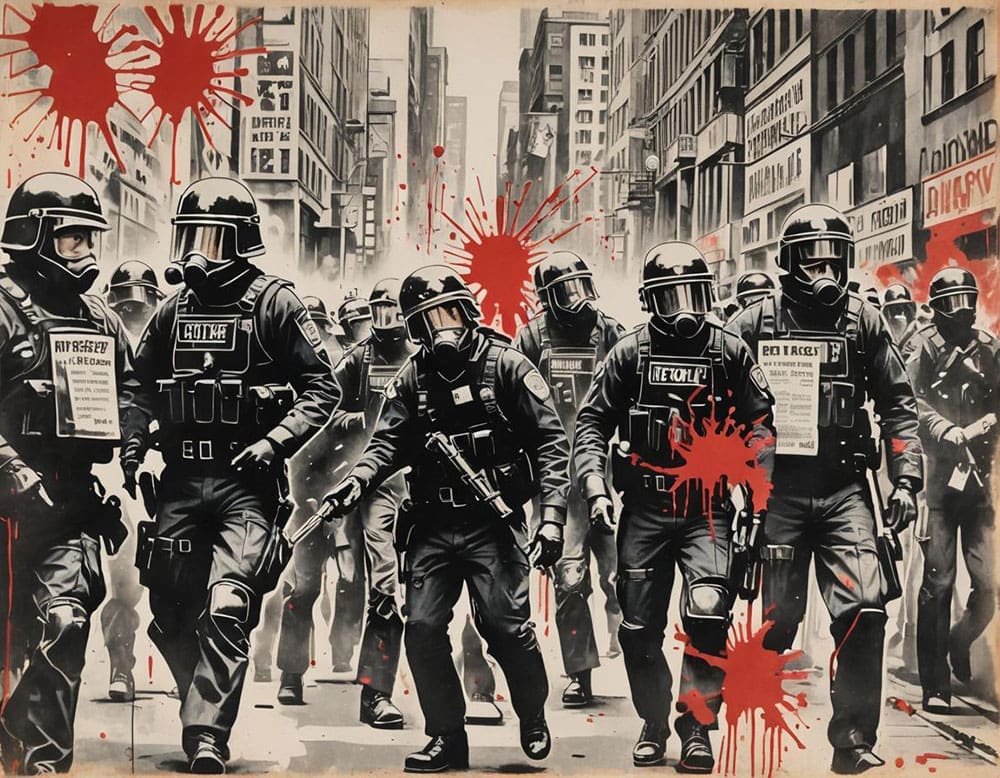
A Revolution’s Lessons in a Modern Context
The French Revolution of 1789 was a defining moment in history, reshaping the political and social order of France and influencing the world at large. Its themes of liberty, equality, and fraternity continue to resonate in today’s geopolitical climate, where struggles against inequality, oppression, and authoritarianism persist. The parallels between 1789 and today highlight the enduring relevance of the revolution’s lessons: that systemic change requires collective action, that progress often comes with conflict, and that the pursuit of justice is a continuous journey.
In the 21st century, as nations grapple with crises ranging from economic inequality to climate change, the French Revolution serves as both an inspiration and a cautionary tale. It reminds us of the power of the people to challenge entrenched systems, while also warning of the dangers of extremism and division. By reflecting on its legacy, we can better navigate the complexities of our own time, striving to build a world that upholds the ideals of liberty, equality, and fraternity.
"The French Revolution gave birth to no durable principle of order."
Lord Acton


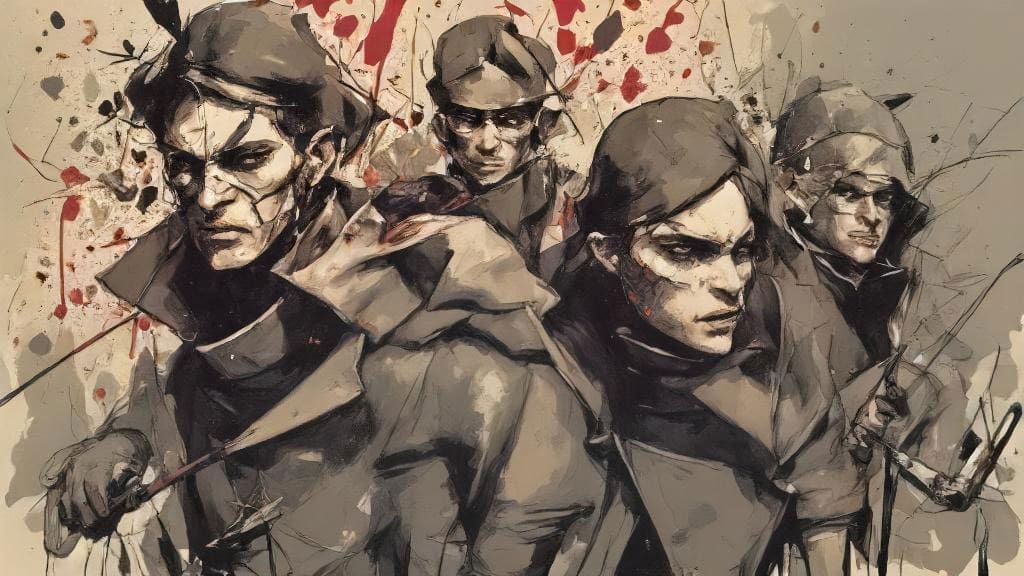
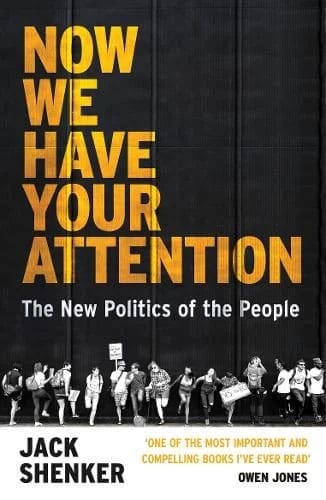


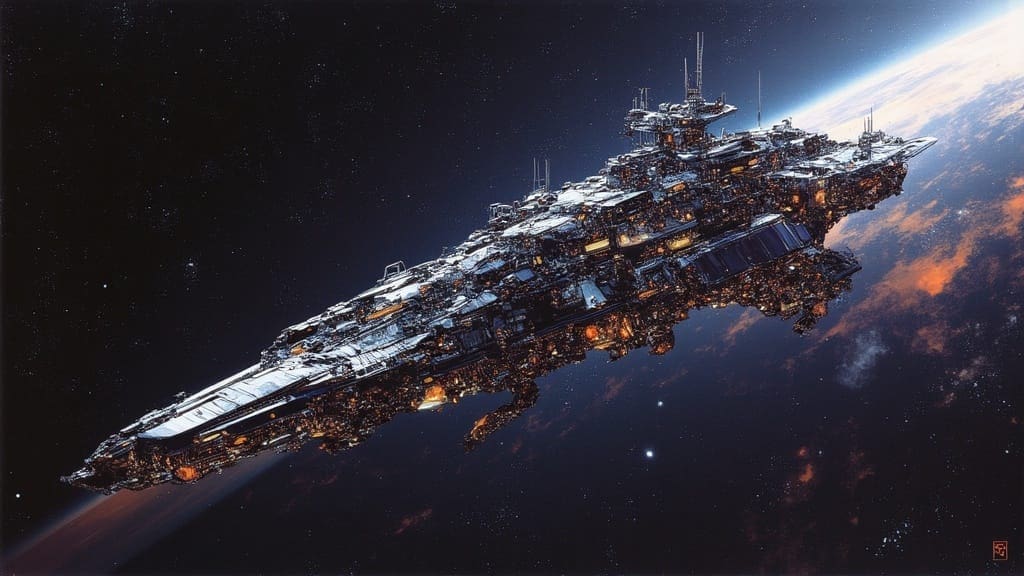
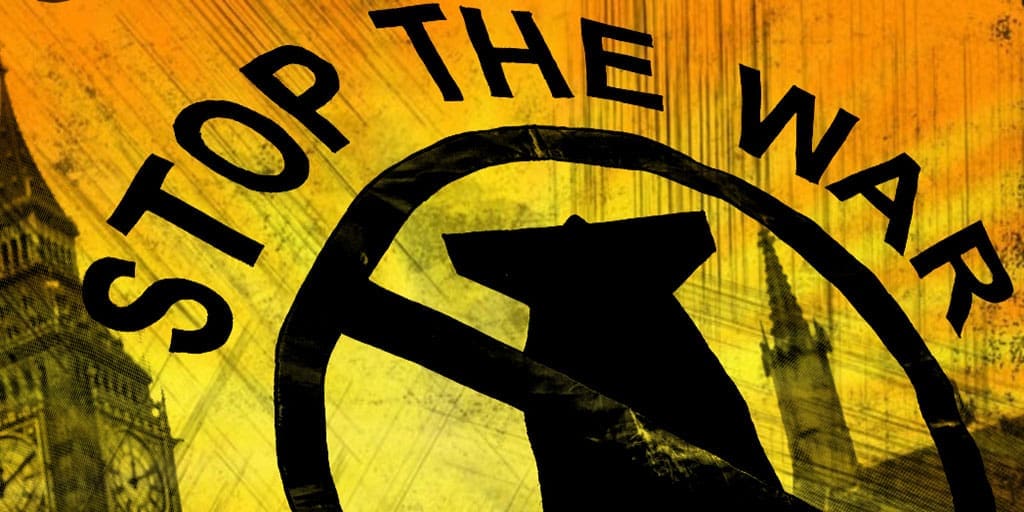
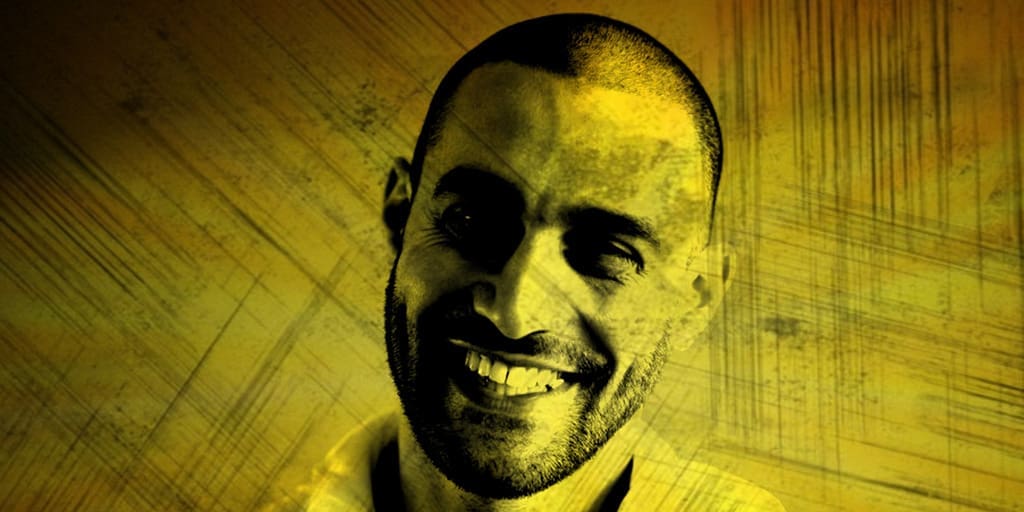
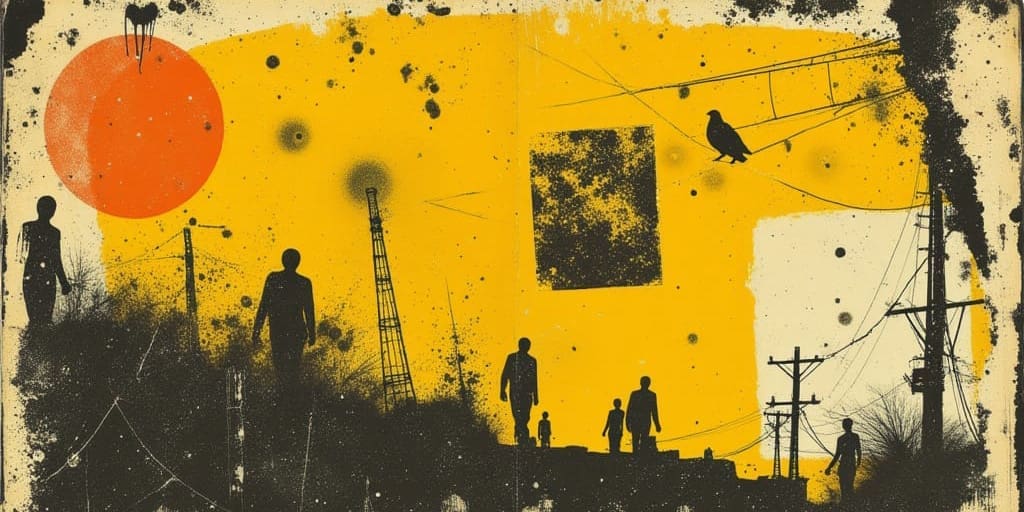
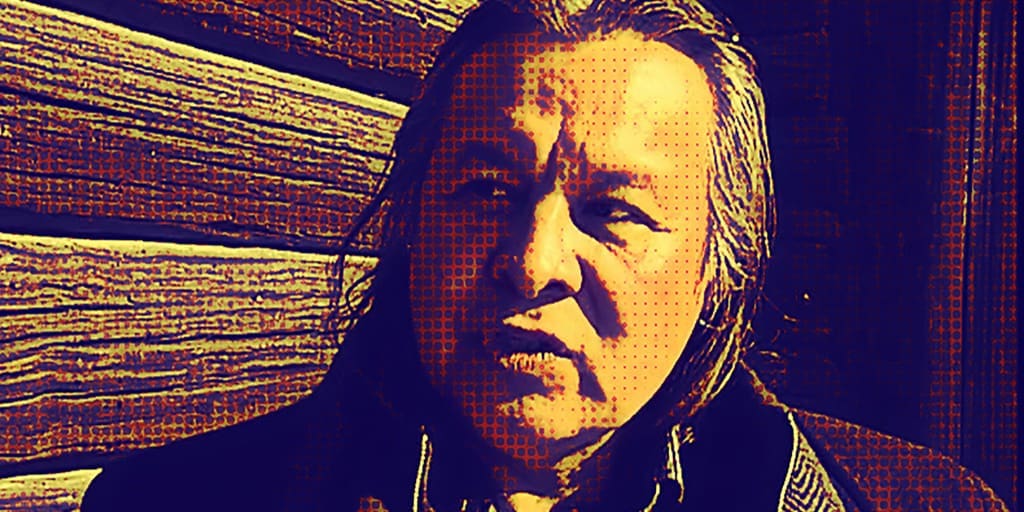




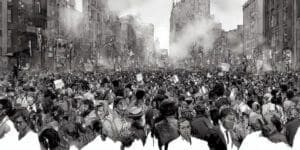



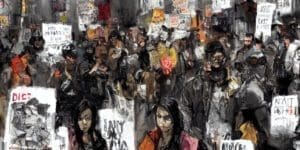




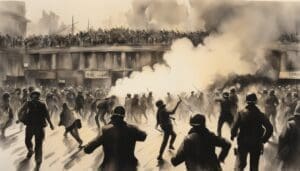







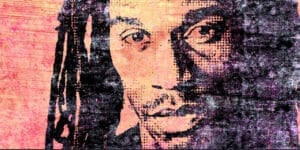

Leave a Comment